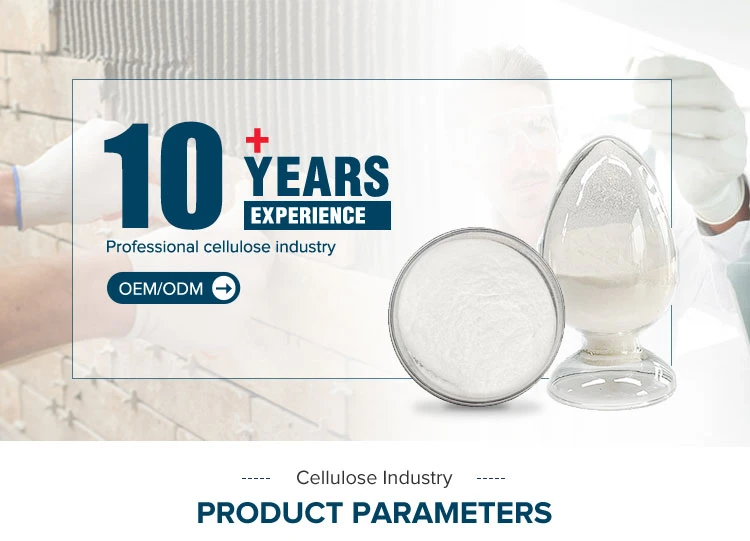The Versatility and Benefits of Hypromellose (HPMC)
Hypromellose, commonly referred to as HPMC, is a cellulose derivative that has gained significant attention in various industries due to its versatile properties and applications. As a non-ionic, water-soluble polymer, HPMC is derived from the natural polymer cellulose, which is abundantly found in plant cell walls. Its unique attributes make it an essential ingredient in pharmaceuticals, food products, personal care items, and construction materials. This article will explore the characteristics, benefits, and applications of hypromellose.
Properties of Hypromellose
Hypromellose possesses several defining properties that contribute to its widespread use. Firstly, it is an excellent thickening agent, which allows it to increase the viscosity of solutions without altering their potential. This makes it especially valuable in liquid formulations. Secondly, HPMC is a film-former, enabling it to create a protective layer on surfaces. This attribute is particularly useful in pharmaceutical coatings and cosmetics. Additionally, hypromellose is known for its stability across a wide range of pH levels and temperatures, making it a reliable ingredient in various formulations.
One of the most remarkable features of HPMC is its ability to form gels upon hydration. This property is exploited in various applications, allowing formulations to maintain their structure while providing a desired texture. Hypromellose also exhibits good bioadhesion properties, which means it can adhere to mucosal surfaces, enhancing the effectiveness of drug delivery systems.
Benefits of Hypromellose
The benefits of hypromellose are extensive, particularly in the pharmaceutical and cosmetic industries. As a component of drug formulations, HPMC improves the solubility of active ingredients, leading to enhanced bioavailability. This property is crucial for oral medications, where effective absorption is vital for therapeutic efficacy.
Furthermore, it is widely utilized in the production of ocular products. Hypromellose's ability to retain moisture makes it an ideal ingredient in eye drops and artificial tears, providing relief for dry eyes. Its soothing properties help to reduce discomfort and irritation, promoting better eye health.
hpmc hypromellose

In the field of food technology, HPMC serves as a food additive that not only improves texture but also acts as a stabilizer and emulsifier. Its use in gluten-free products has gained popularity, as it enhances the elasticity and texture of gluten-free baked goods. This makes HPMC a valuable tool for food manufacturers catering to specific dietary needs.
Moreover, in personal care products, hypromellose acts as a binder and film-forming agent, contributing to the stability and effectiveness of lotions, creams, and gels. Its non-irritating nature makes it suitable for sensitive skin formulas, ensuring that consumers receive safe and effective products.
Applications Across Industries
Hypromellose's versatility translates into a wide range of applications across various industries. In pharmaceuticals, it is extensively used in tablet formulations, often serving as a binder or excipient. Controlled-release formulations are another area where HPMC shines, allowing for the gradual release of medications over time.
In the cosmetics industry, hypromellose is utilized in an array of products, including facial creams, shampoos, and makeup products. The ability to form a barrier on the skin helps enhance product performance, ensuring longer-lasting effects.
The construction industry also benefits from the properties of hypromellose. It is employed as a thickening agent in cement and mortar mixes, improving workability and adhesion. Additionally, HPMC is used in tile adhesives and plaster formulations, contributing to enhanced performance and durability.
Conclusion
In summary, hypromellose (HPMC) is a remarkable cellulose derivative with myriad applications across various sectors. Its unique properties—such as water solubility, film-forming capabilities, and thickening ability—make it an invaluable component in pharmaceuticals, food products, personal care items, and construction materials. As consumer preferences evolve and industries adapt to new challenges, the relevance of hypromellose is likely to grow, solidifying its position as a crucial ingredient in many formulations. With continued research and innovation, the potential applications of hypromellose will undoubtedly expand, further enhancing its role in promoting health, well-being, and efficiency across various domains.
-
Rdp Powder: Key Considerations for Wholesalers in the Building Materials IndustryNewsJul.08,2025
-
Key Considerations for Wholesalers: Navigating the World of Hpmc - Based ProductsNewsJul.08,2025
-
Hpmc Detergent: Key Considerations for WholesalersNewsJul.08,2025
-
Key Considerations for Wholesalers: China Hpmc For Tile Adhesive, Coating Additives, Concrete Additives, and MoreNewsJul.08,2025
-
Crucial Considerations for Wholesalers: Navigating the World of Construction MaterialsNewsJul.08,2025
-
Key Considerations for Wholesalers Sourcing Additive For Cement, Additive For Concrete, Additive For Putty from Additive Manufacturer Shijiazhuang Gaocheng District Yongfeng Cellulose Co., Ltd.NewsJul.08,2025




